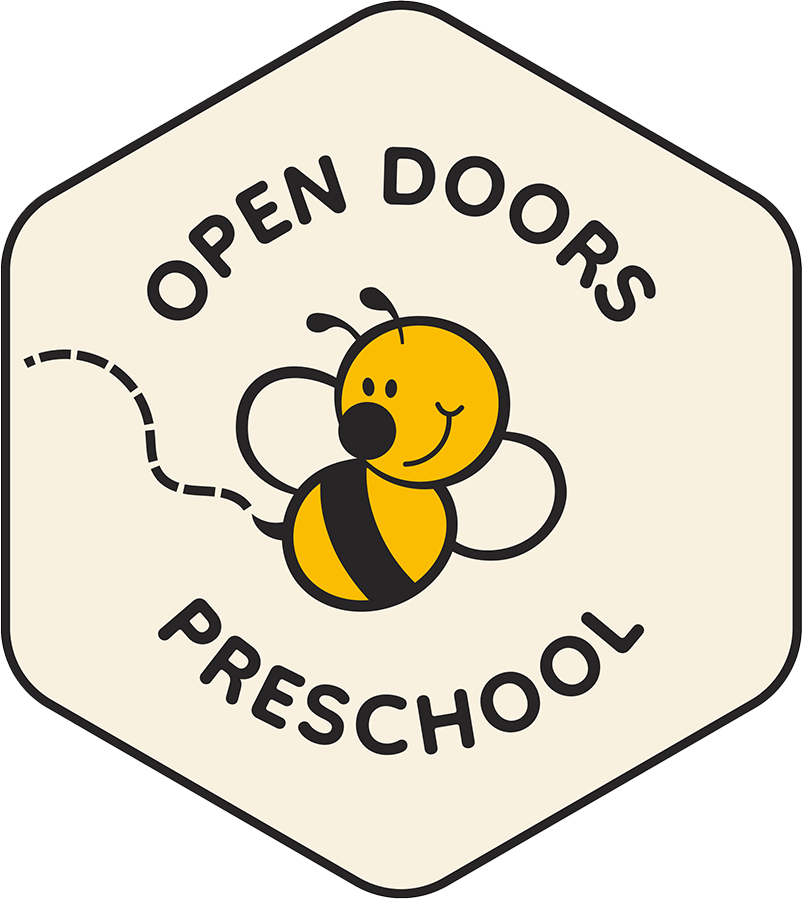Creating an inclusive and diverse early learning environment is essential for the development of all children. When children are exposed to diverse cultures, abilities, and perspectives from a young age, they learn to appreciate differences and develop empathy and respect for others. This article will explore the significance of inclusivity in early learning, discuss effective inclusive teaching strategies, and provide practical steps for fostering an inclusive education environment.
Understanding Inclusivity in Early Learning
Inclusivity in early learning is about creating a learning environment where all children, regardless of their background, abilities, or learning styles, are supported and valued. It involves recognizing and removing barriers that might prevent some children from fully participating in learning activities. An inclusive classroom encourages collaboration, mutual respect, and equal opportunities for every child to succeed.
The Importance of Inclusivity and Diversity
An inclusive learning environment benefits all children in numerous ways. It promotes social development by encouraging children to interact with peers from various backgrounds. This interaction helps them develop communication skills and learn about tolerance and cooperation. Moreover, inclusive classrooms reflect the diversity of society, preparing children to live and work in a multicultural world.
Diversity in the classroom also enhances cognitive development. Exposure to different perspectives and ideas can stimulate critical thinking and creativity. Children learn that there are multiple ways to approach a problem, which can lead to better problem-solving skills.

Effective Inclusive Teaching Strategies
Inclusive teaching strategies are essential for creating a classroom environment that supports every child’s learning. Here are some strategies educators can use:
Differentiated Instruction
Differentiated instruction involves tailoring teaching methods to meet the diverse needs of students. Teachers can modify the content, process, and product of learning activities to ensure that all children can access the curriculum. For example, a teacher might provide visual aids for visual learners or offer hands-on activities for kinesthetic learners.
Universal Design for Learning (UDL)
Universal Design for Learning is an educational framework that aims to optimize teaching and learning for all individuals by providing multiple means of engagement, representation, and action and expression. UDL encourages teachers to present information in different ways, offer various methods for students to demonstrate their knowledge, and engage students’ interests and motivation.
Collaborative Learning
Collaborative learning involves students working together in small groups to solve problems or complete tasks. This approach promotes inclusivity by encouraging peer support and allowing children to learn from one another. It also helps build social skills and fosters a sense of community in the classroom.
Culturally Responsive Teaching
Culturally responsive teaching recognizes the importance of including students’ cultural references in all aspects of learning. By incorporating diverse cultural perspectives into the curriculum, teachers can make learning more relevant and engaging for students from different backgrounds. This approach also helps students develop a positive cultural identity and respect for others.
Practical Steps for Fostering an Inclusive Education Environment
Creating an inclusive education environment requires intentional efforts from educators, administrators, and parents. Here are some practical steps to consider:
Professional Development for Educators
Educators need ongoing training and support to implement inclusive teaching strategies effectively. Professional development opportunities can help teachers learn about best practices for inclusivity, understand different learning needs, and develop skills for creating a supportive classroom environment.
Family and Community Engagement
Engaging families and the community is crucial for promoting inclusivity in early learning. Schools can organize workshops, cultural events, and family nights to involve parents in their children’s education. Building strong partnerships with families helps create a supportive network for students and reinforces the value of diversity.
Inclusive Curriculum and Materials
Schools should review their curriculum and materials to ensure they reflect diverse perspectives and experiences. Incorporating books, videos, and other resources that highlight different cultures, languages, and abilities can help students see themselves and others represented in their learning.
Creating a Supportive Classroom Environment
Teachers can create a supportive classroom environment by establishing clear expectations for behavior, fostering positive relationships, and promoting a sense of belonging. Encouraging open communication and respecting each child’s individuality helps create a safe space where all students feel valued.

Overcoming Challenges in Implementing Inclusivity
Implementing inclusivity and diversity in early learning environments can be challenging. Some common obstacles include limited resources, resistance to change, and lack of awareness or understanding of inclusivity practices. However, these challenges can be overcome through collaboration, advocacy, and a commitment to continuous improvement.
Addressing Limited Resources
Schools may face budget constraints that limit their ability to implement inclusive practices. To address this issue, educators can seek grants, community partnerships, and volunteer support to access additional resources and support.
Encouraging a Growth Mindset
Encouraging a growth mindset among educators, students, and parents is essential for overcoming resistance to change. By fostering an attitude of learning and growth, schools can create a culture that embraces inclusivity and diversity.
Raising Awareness and Building Understanding
Raising awareness about the benefits of inclusivity and diversity is crucial for gaining support from all stakeholders. Schools can organize workshops, seminars, and discussions to educate staff, students, and parents about the importance of creating an inclusive learning environment.
Conclusion
Promoting inclusivity and diversity in early learning environments is vital for the development of all children. By implementing inclusive teaching strategies and fostering a supportive classroom environment, educators can help students appreciate differences, develop social skills, and prepare for a diverse world. Through collaboration and commitment, schools can overcome challenges and create learning environments where every child can thrive.
Contact Open Doors Preschool
If you are passionate about promoting inclusivity and diversity in early learning environments, we invite you to reach out to Open Doors Preschool. Together, we can create a nurturing space where every child feels valued and supported.
For inquiries, enrollment information, or to learn more about our inclusive programs, please contact us today. Join us in making a difference in the lives of children and fostering a community that celebrates diversity!

